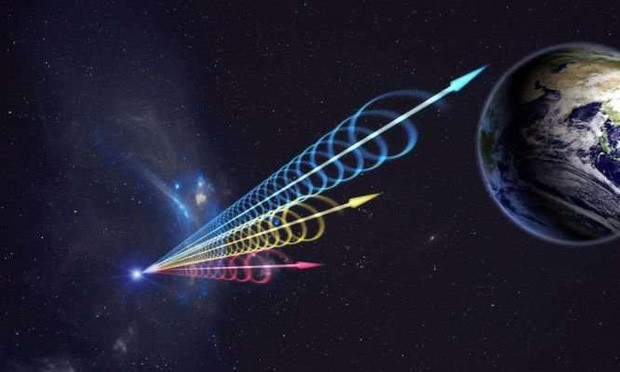
Discovering 8 super strange signals in the depths of the universe - Is the opportunity to find aliens abundant? 1
One of the biggest mysteries in the universe since humanity began to delve deeper into astronomy are `fast radio burst` signals (FRB).
But it seems this mystery is gradually being solved.
In early 2019, only FRB 121102 – one of the mysterious signals recently discovered – had a repeating cycle.
The new report brings the total number of repeating FRB signals to 10. This number is enough for science to begin building a database of FRBs, and allow us to determine their true origin and identity.
What is FRB?
FRB is a concept that causes a lot of confusion in science.
Most of the FRBs found so far have only appeared once, and are unpredictable, so there is no way to trace their origin.

`Certainly FRBs cannot come from the same source, and some appear to be different from the rest,` – quotes Ziggy Pleunis, a physicist from McGill University (Canada).
`We already know that FRB 121102 can emit signals in bursts: there can be no signal for hours, but the next hours they emit all at once for a short time. The same story is happening,
In the report, 6 FRB signals only repeated once, and the longest pause was 20 hours.
What do FRBs mean?
Unfortunately, experts are not yet able to determine the meaning of these signals, but they are helping to support a hypothesis put forth by Harvard University that all FRBs are in fact cyclical.
`Just like volcanoes, some mountains are more active.`
There are also many similarities in frequency between FRBs.

The question is, what creates FRBs?
`I think this is important research to find out what creates FRBs.`
Reference: Science Alert, The Conversation





